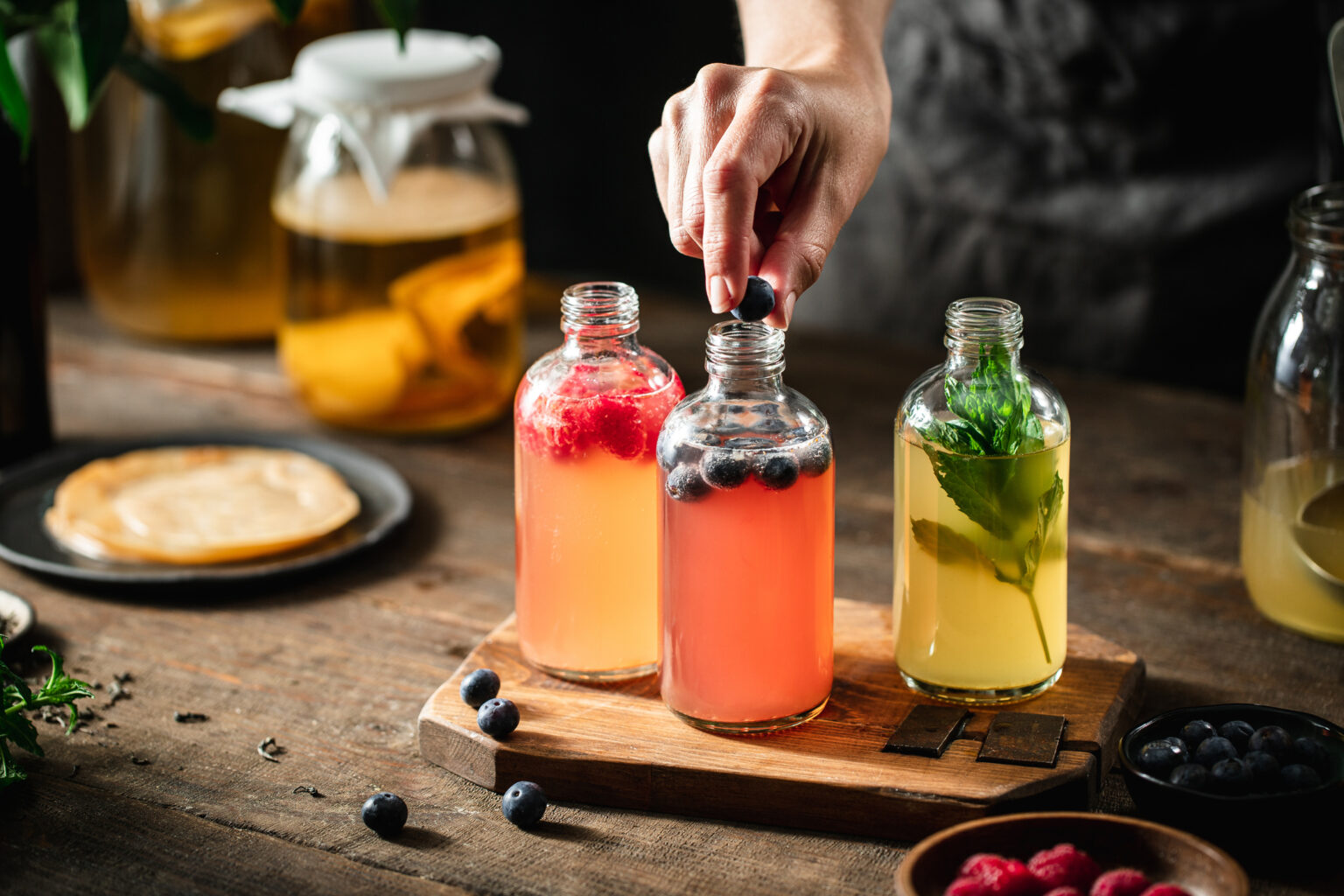If you’ve never tasted it before, you might be really curious to know what kombucha tastes like. Well, its flavor depends on a lot of different factors — let’s dive in.
Tart and Tangy
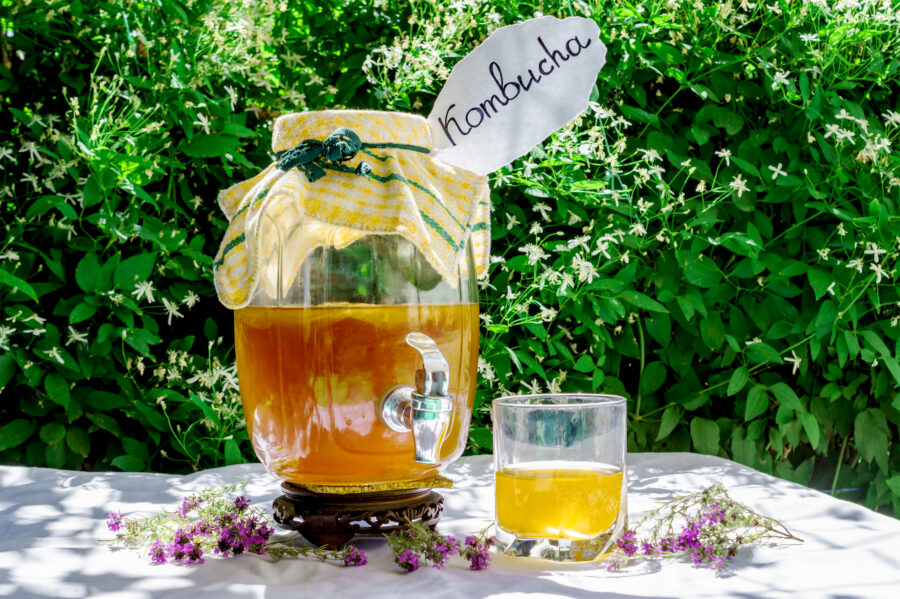
Some people describe kombucha as having a uniquely tart and tangy taste. Tangy is definitely one word for it, but tart? Eh. It depends.
It can be, though. See, while most kombucha has the same underlying taste, it’s made with lots of different flavors. So, you could make it tart.
If you want your kombucha to have a more tart and sour taste, you can use different fruits to do so. Lemons can help you achieve this.
Taste Variations
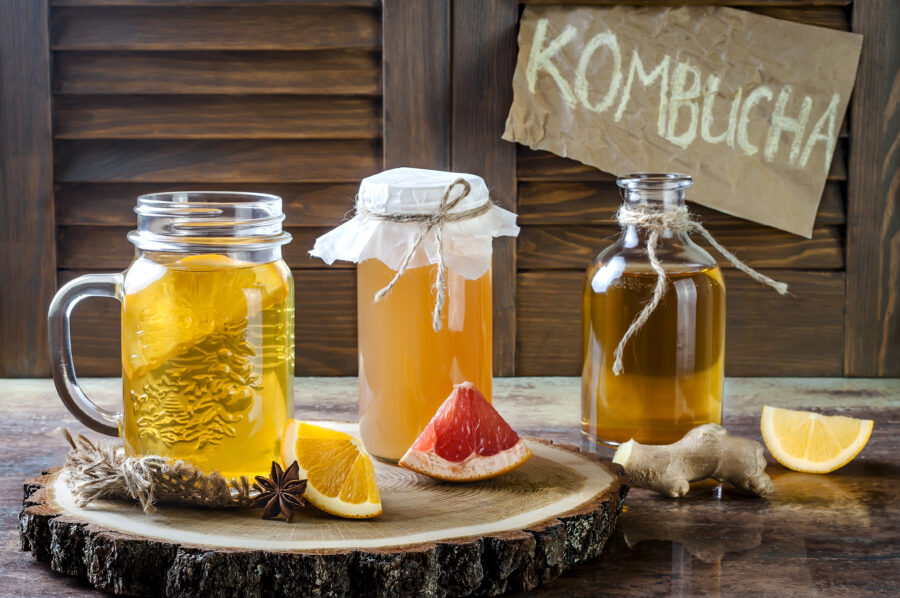
Fruits aren’t the only thing that can impact your kombucha’s taste. A lot of it depends on fermentation time, though everyone has their own preference.
If your kombucha ferments at a more rapid rate, then it might have a more yeasty taste. It could also make it taste more tart, too.
According to You Brew Kombucha, the temperature you brew your kombucha at also factors into the fermentation time. Cold temperatures equate to longer fermentation.
How Age Impacts Taste
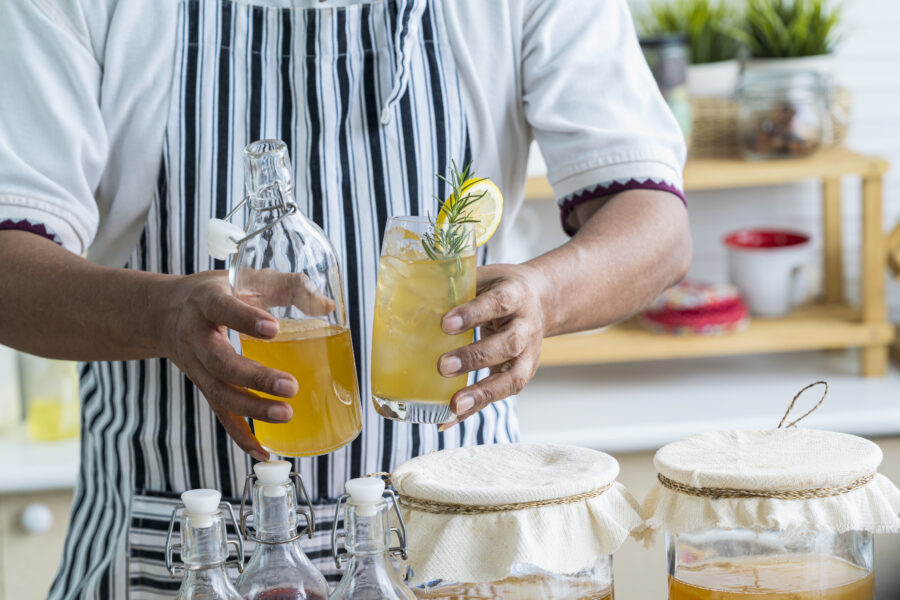
So, we said that a lot of this depends on personal preferences. These preferences factor in to people’s kombucha recipes. Some like to age their kombucha.
Younger kombucha tends to taste sweeter, while longer-fermented varieties are more acidic. You can let it ferment for a few weeks or a few months.
However, you don’t want to wait too long before drinking. The longer you wait, the more carbonated your kombucha gets. Trust me, you don’t want a kombucha explosion.
Kombucha’s Fizziness
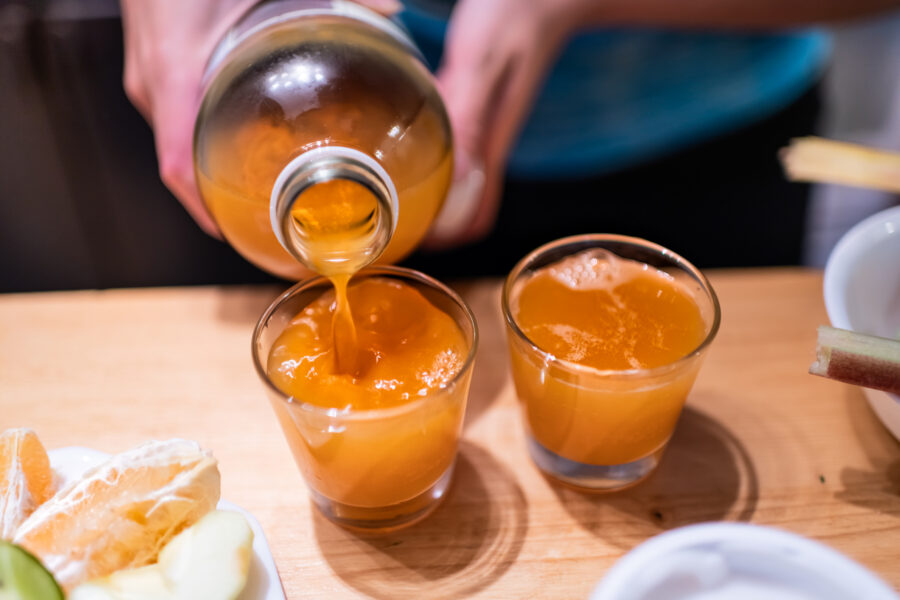
A big part of kombucha’s appeal is its fizziness. This is partially why so many people recommend the drink as a healthy soda alternative.
So, what makes kombucha so fizzy? And how does it affect the taste, if at all? Well, kombucha gets its fizziness from yeast.
We’ll go more into the specifics of that later. As far as the taste goes, the fizziness definitely elevates it. It’s part and parcel of the kombucha experience.
Kombucha vs. Hard Cider
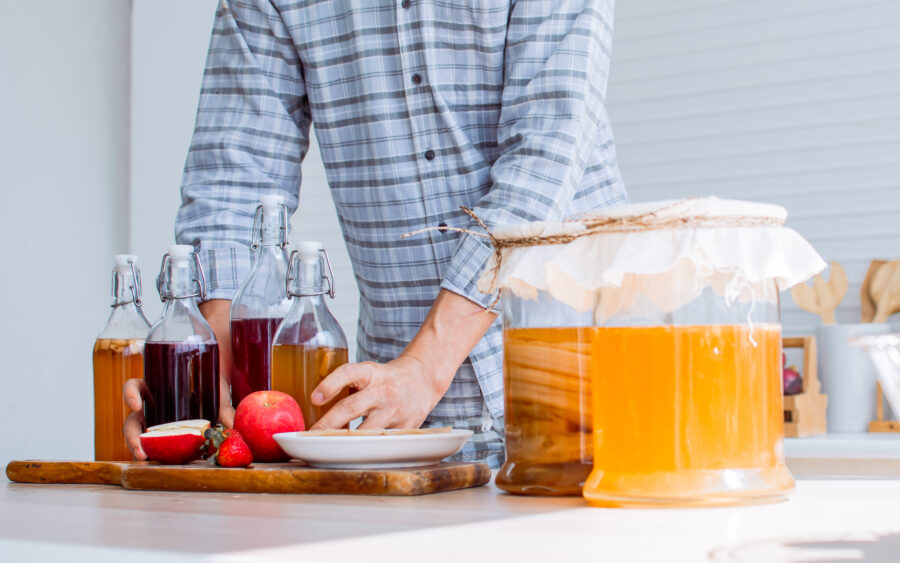
Some describe kombucha as a less sweet, more complex hard cider. Is that true? Kind of. While kombucha is (mostly) non-alcoholic, both drinks are fermented.
Their fermentation processes widely differ. Hard cider uses yeast, like kombucha, but its process predictably revolves around apples. It also utilizes fungi, while kombucha does not (per Bustle).
Dr. Mahmoud Ghannoum, an expert in gut health, told Bustle that hard cider’s high alcohol content negatively impacts your gut health. Kombucha, however, is beneficial.
The Base Tea Type
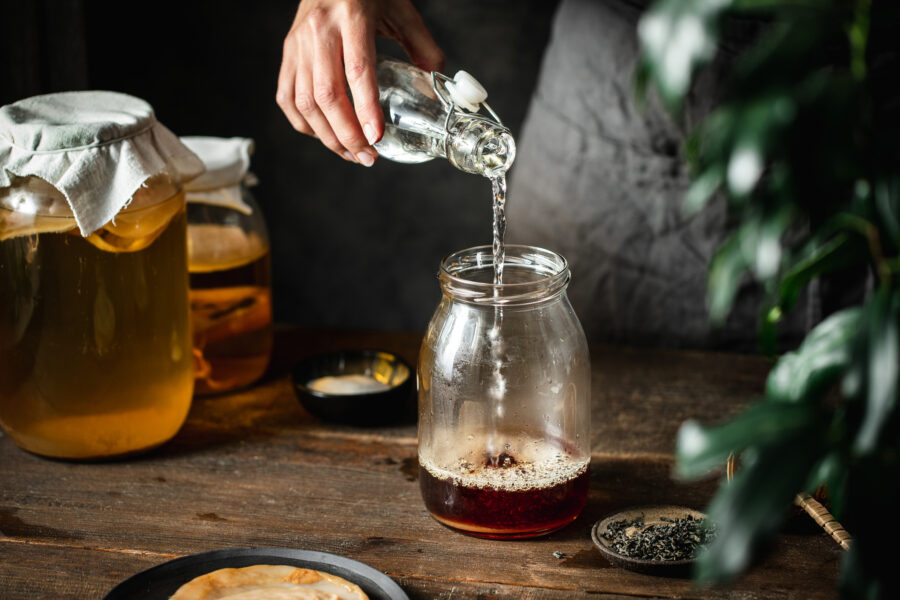
One of the key ingredients of kombucha is tea. The type you choose influences the drink’s overall flavor. There’s many options, though black tea is most common.
Flavored tea won’t work as well as plain, since the flavorings can impact the fermentation. Even if you don’t use black tea, opt for a plain kind.
Green, oolong, and white teas could also work. You may be tempted to use your favorite herbal tea, but that won’t work (per You Brew Kombucha).
Flavored Kombuchas
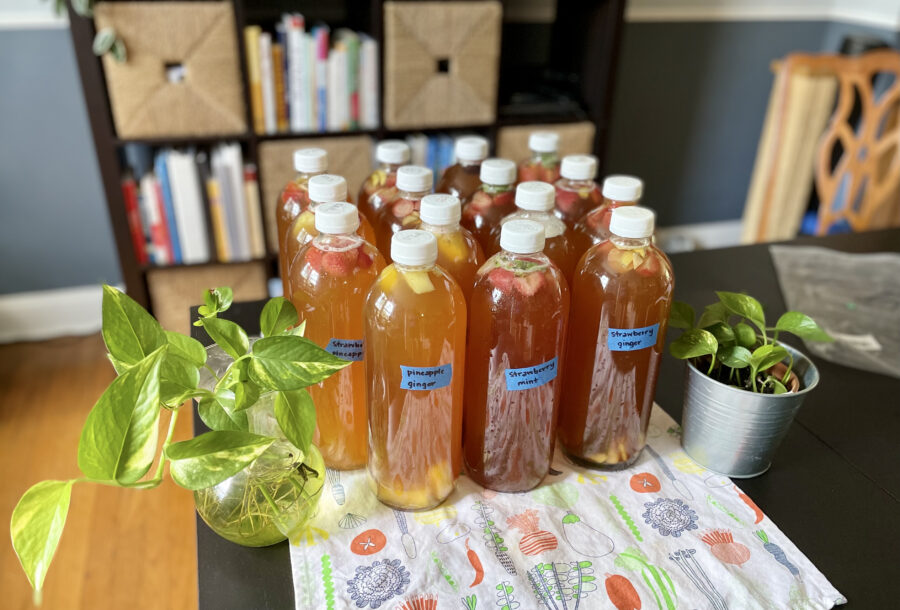
Kombucha isn’t limited to just one flavor. People love its versatility! You can add fruity, floral, or herbal notes — the kombucha world is your oyster.
If you’re a kombucha newbie, you might not want to start with brewing your own. You should buy a bottle to see what flavors you like.
Every brand offers their own unique flavors. However, lemon ginger is particularly popular, as well as strawberry and raspberry. There’s lots of combos, too.
The Aroma
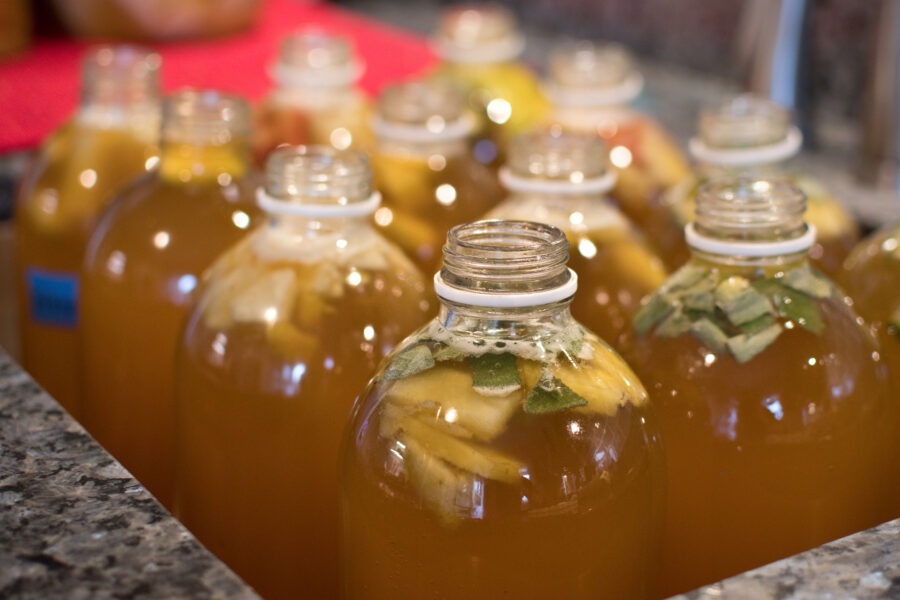
Differing flavors can lead to more distinct aromas. However, most kombuchas have that same underlying vinegary scent, which can contribute to its unique taste.
Still, it shouldn’t smell like straight vinegar. It’s part of a more complex scent, which are boosted by the base tea and added fruits.
If you absolutely hate the smell of vinegar, though, you probably won’t like kombucha. Maybe you should pinch your nose before your next sip.
The SCOBY
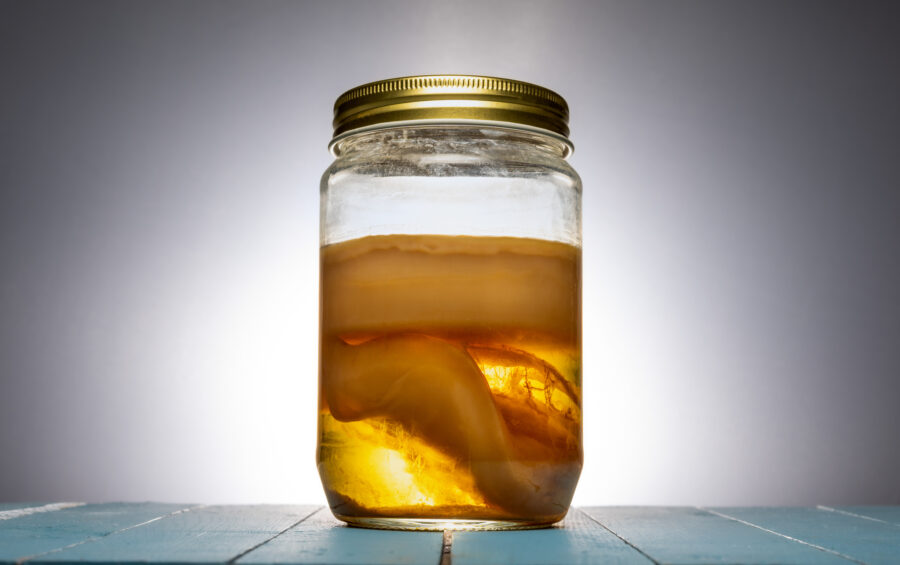
If you’ve seen homemade bottles of kombucha, you might be wondering what that weird, floating pancake-like thing is. That’s a SCOBY, a.k.a Symbiotic Culture of Bacteria and Yeast.
Without a SCOBY, you don’t have kombucha. It’s crucial to the fermentation process. They eat small amounts of sugar, releasing carbon dioxide bubbles which carbonate the drink.
Each SCOBY is unique. Dubbed “kombucha mothers,” they create a distinctive flavor profile during fermentation. You can buy or make them out of store-bought kombucha.
Yeasty Undertone?
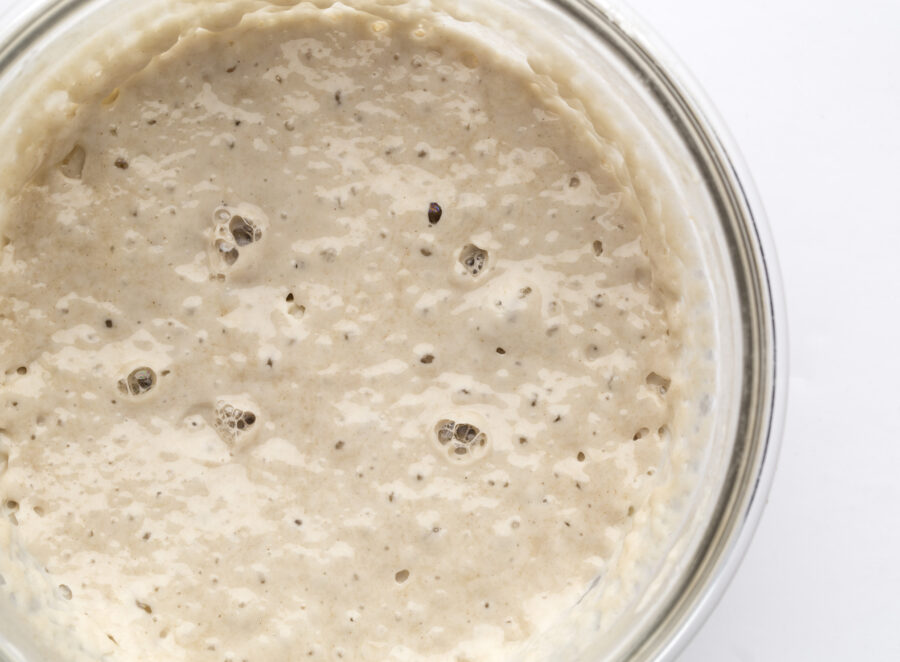
Since yeast is crucial to kombucha, you may be wondering if this affects its taste. While it’s possible for kombucha to have a yeasty undertone, it’s not ideal.
If you’re making kombucha at home and you notice that it tastes yeasty, that means it’s probably turned alcoholic. It’ll smell more like beer and look foamy.
Now, that could be what you’re going for. But if you’d rather not get drunk off kombucha, then don’t let your next batch ferment as long.
Homemade Versions
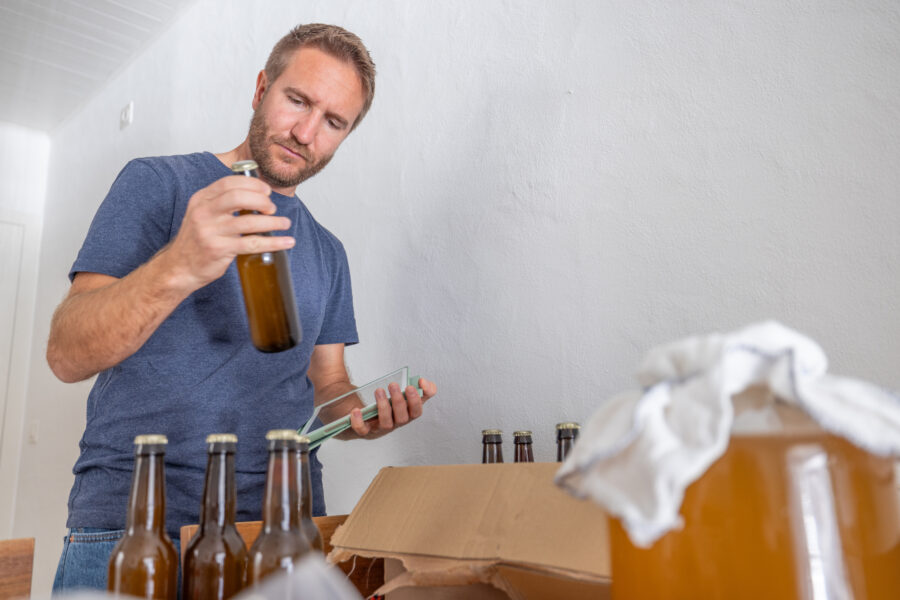
Homemade kombucha generally tastes a bit different than the store-bought versions. This is because there’s a lot more room for different variations and flavors.
When you buy kombucha, you get what you get. Some might taste milder or stronger than others, but they’ve been brewed to a T.
So, if you’re wondering what kombucha tastes like, don’t expect your neighbor’s homemade batch to taste like a bottle of Brew Dr. It’s different, and that’s okay.
Aftertaste
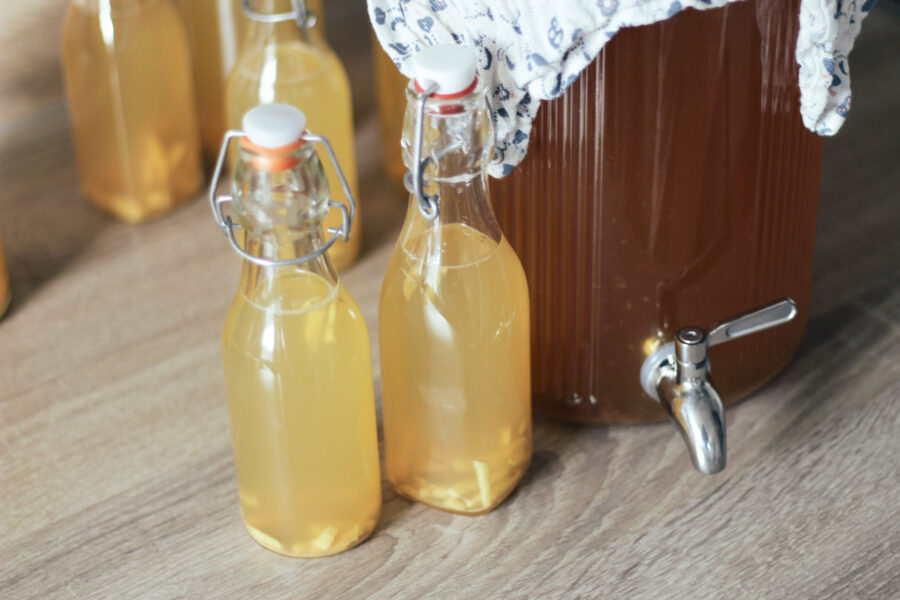
It’s common for kombucha to have a slightly earthy aftertaste. However, if the tea steeps for too long, that earthiness can quickly turn to bitterness.
If you flavor your kombucha with different herbs and fruits, then you can easily mask that bitterness. Still, you should watch the steeping time.
There’s a chance that your kombucha will have an overly vinegary aftertaste as well. This is a sign that you’ve let it ferment for too long.
The Addition of Sugar
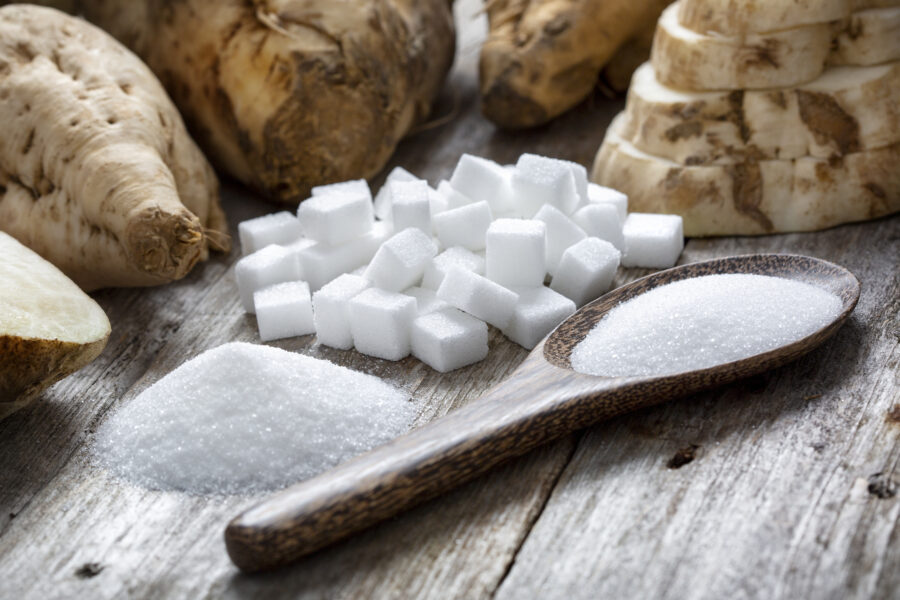
As you can guess, adding sugar affects kombucha’s sweetness level. While adding fruits can further sweeten it, sugar is actually a necessary step in the kombucha-making process.
We mentioned earlier that the SCOBY’s consumption of sugar is what carbonates and ferments the drink. Without sugar, you can’t feed the SCOBY, and therefore can’t make kombucha.
Artificial sweeteners won’t get the job done. You can use plain white sugar or raw cane sugar, but sugar in some form is necessary (per You Brew Kombucha).
Plain Kombucha
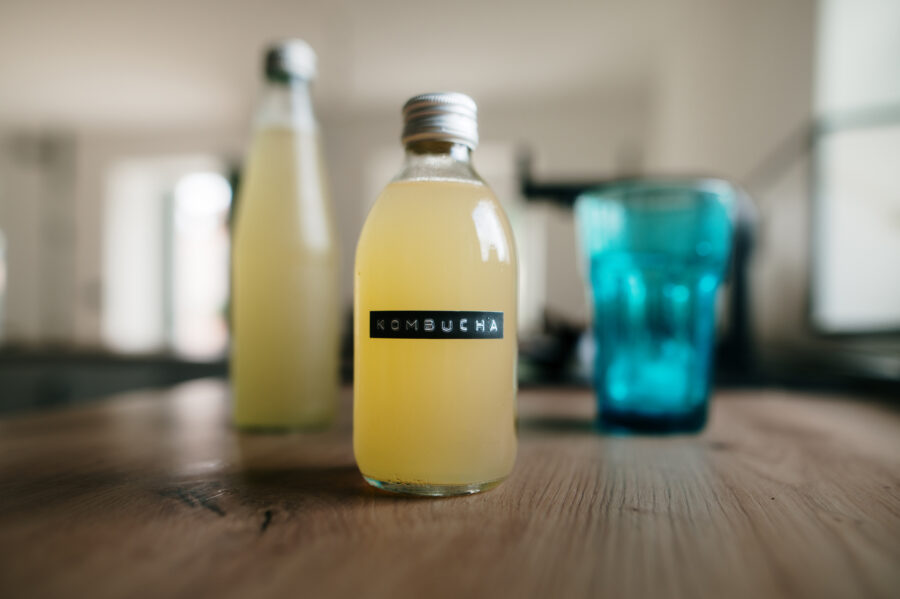
If kombucha’s flavor depends a lot on what’s added, then what does plain kombucha taste like? Some people detect a hint of apple or grape when drinking it.
I don’t think I agree, though. Plain kombucha isn’t too sweet. While it won’t satisfy your sweet tooth any time soon, it’s not overly sour or bitter, either.
Honestly, it has a really unique taste that doesn’t compare to anything else. You can drink it as is, or mix it into other drinks.
Spices
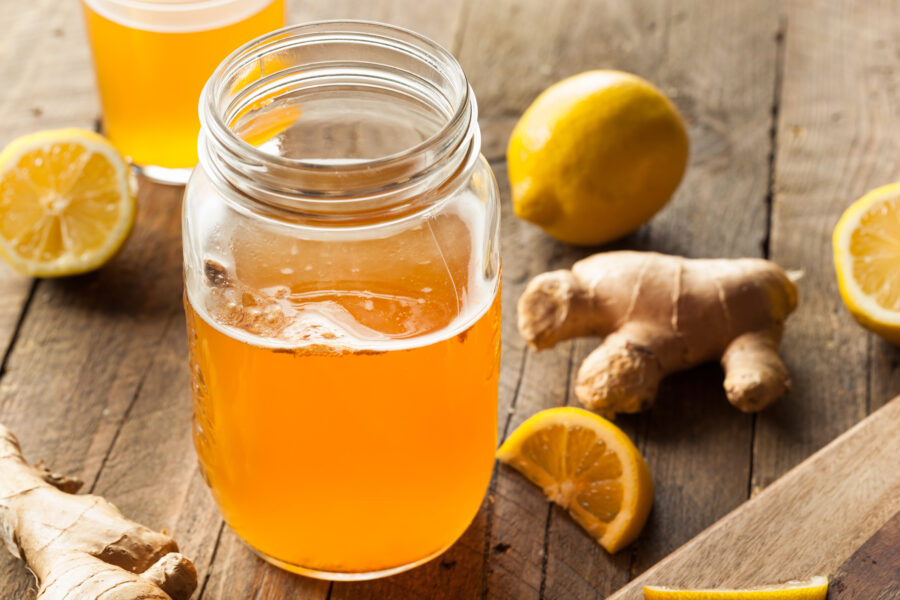
Fruits aren’t the only possible kombucha addition. Adding spices, like ginger or cinnamon, can give your kombucha that special spicy kick it might need.
These aren’t the only spices you can add to kombucha, though. There’s lots of options available! Allspice and cardamom are perfect for an autumn-themed kombucha.
This ultimately calls for a lot of experimentation. You probably shouldn’t throw in random spices and fruits, but you should try out different combos.
Water Quality

Believe it or not, water quality affects kombucha’s taste. It’s easy to get caught up in the more complex, difficult stages of kombucha-brewing and forget the simple stuff.
Mineral-rich water is good for the SCOBY to thrive in. Tap water can be, but only if your local tap water is safe to drink.
If you’re buying water for your kombucha, you can check to see if it has minerals. If it doesn’t, then you’ll want to buy some that does.
Organic Tea Leaves
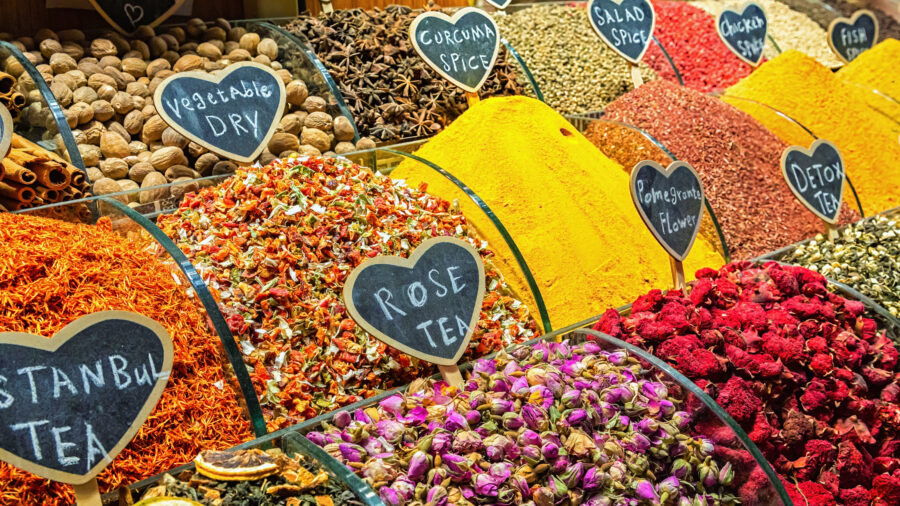
Organic tea can yield a more refined taste. It’s not a necessity — plain tea is the only requirement — but it can elevate your brew.
Interestingly enough, though, organic tea is most likely to be plain, in that it’s usually not scented. The chemicals in scented tea can hurt the SCOBY.
Plus, organic tea leaves are much less likely to be covered in pesticides. Many popular brands have pesticides in their tea, and are better off not using.
The Acidity Level
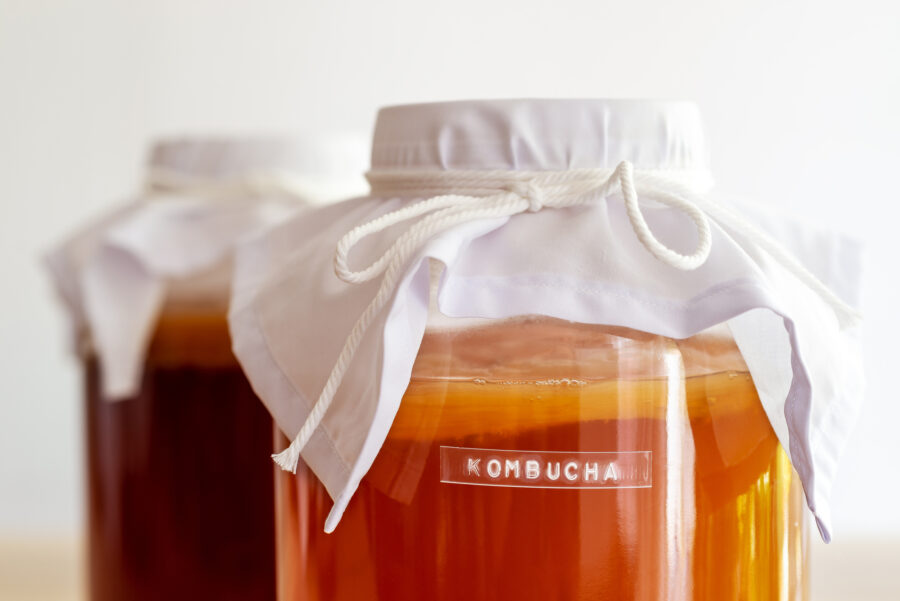
Kombucha tends to be more acidic than other drinks. Its pH levels can be compared to that of some white wines, though there’s a range.
The typical pH range for kombucha is somewhere in between 2.5 and 3.5. The longer you let it ferment, the more acidic it becomes.
Kombucha’s acidity prevents it from molding. The pH levels also affect what kombucha tastes like. With a lower pH, your brew will taste tart (per You Brew Kombucha).
Taste Customization
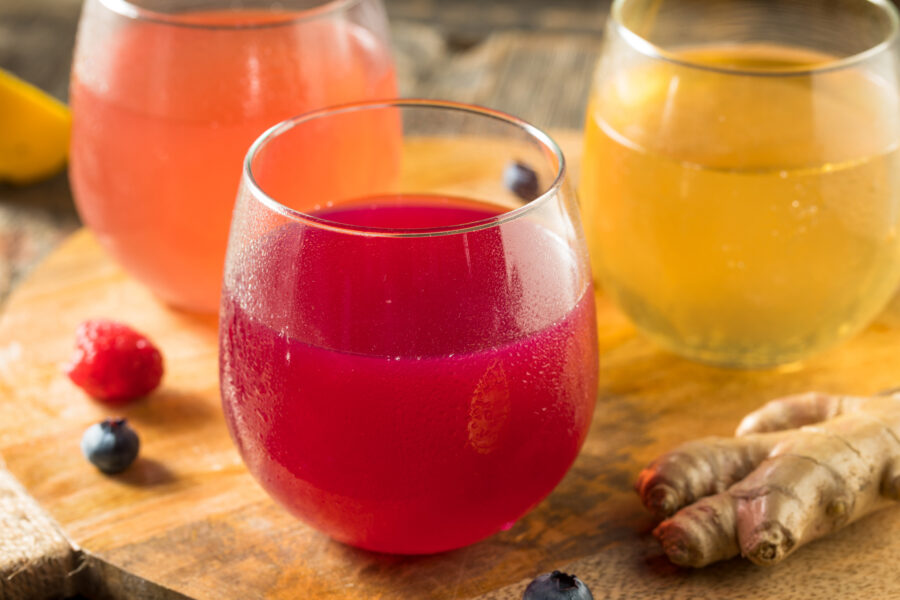
Like we mentioned earlier, finding the right kombucha flavor boils down to trial and error. If you want a jumping-off point, here are some combos that work best.
Strawberry banana is an absolute classic for a reason. Delicious and simple, all you need to add to your kombucha are crushed strawberries and bananas.
Want to get creative? Try making piña colada kombucha! Of course, you’ll need pineapple chunks, though the real flavor is in the extract, both pineapple and coconut.
Seasonal Fruits
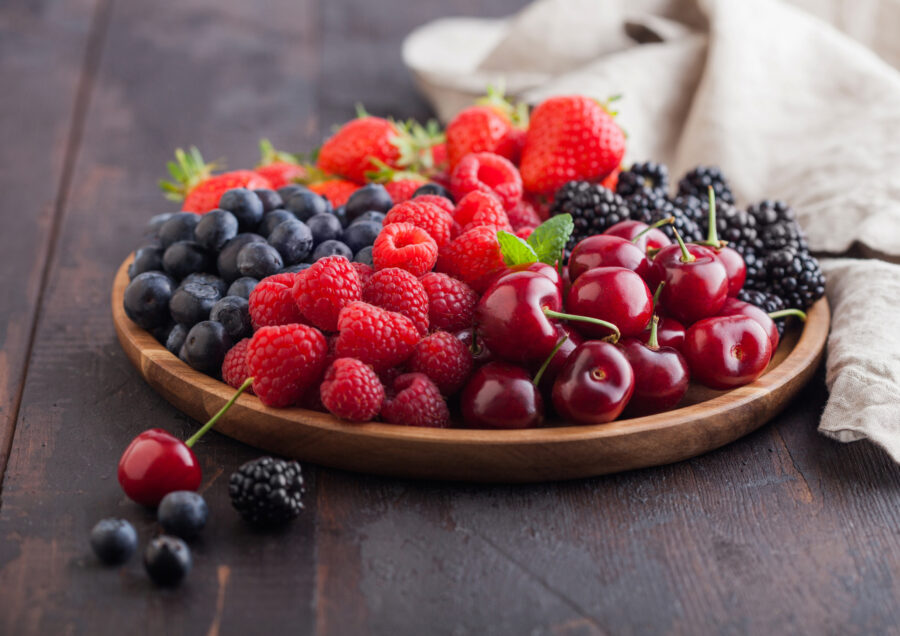
Seasonal fruits are great for making fruit-flavored kombucha. In this day in age, it can be hard to keep track of which fruits and veggies are in season.
Luckily, there’s lots of ways to check. Shari’s Berries is just one of many places that have posted helpful reference charts for seasonal fruit.
For example, bananas and coconuts are seasonal all year round. However, pineapples are only in season during the late spring and early summer months.
The Effervescence
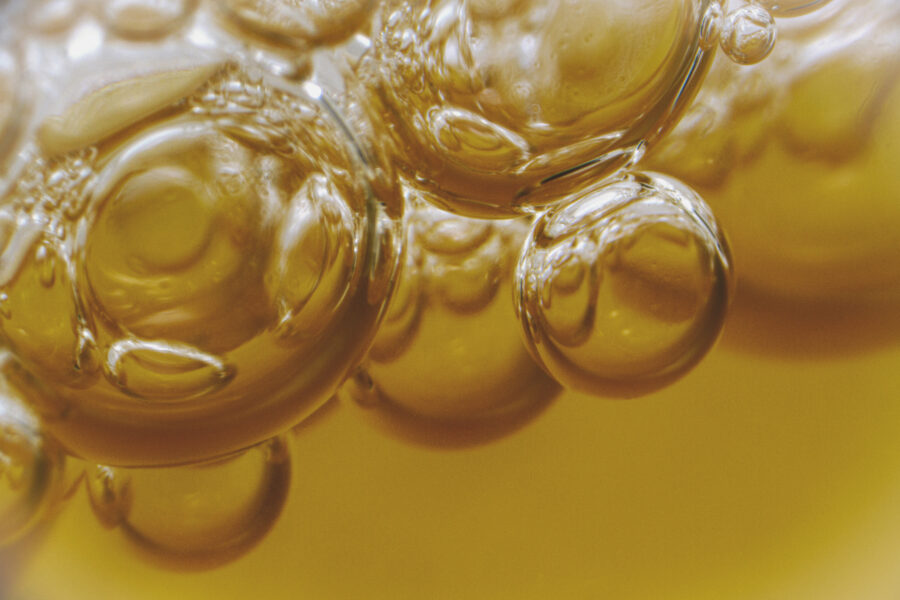
When we say “effervescence,” we’re referring to the kombucha’s bright, bubbly flavor and mouthfeel. This varies from lightly sparkling to vigorously fizzy, depending on the fermentation time.
As anyone who’s had a bottle of kombucha explode on them will tell you, there’s such a thing as too fizzy. Still, good kombucha is bubbly.
So, where’s the balance? It’s up to you. Some people like to put their kombucha through two separate fermentation processes to get to their ideal carbonation level.
Like Fermented Foods?
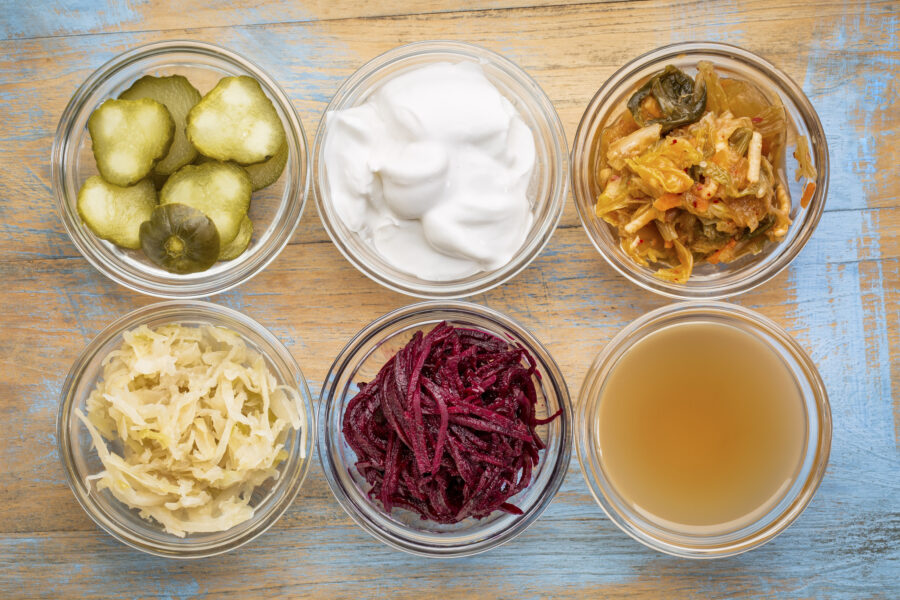
If you’re familiar with fermented food, you’re already somewhat familiar with kombucha. As we’ve been saying, kombucha is a fermented drink, made with live microorganisms.
Not every single fermented food tastes the same. However, the fermentation process does change their tastes. If you like fermented foods, you’re more likely to enjoy kombucha.
Kombucha has a bit of an edge to it, in a way unique to fermented foods. Since they’re all more acidic, they tend to taste more sour.
Is Kombucha an Acquired Taste?
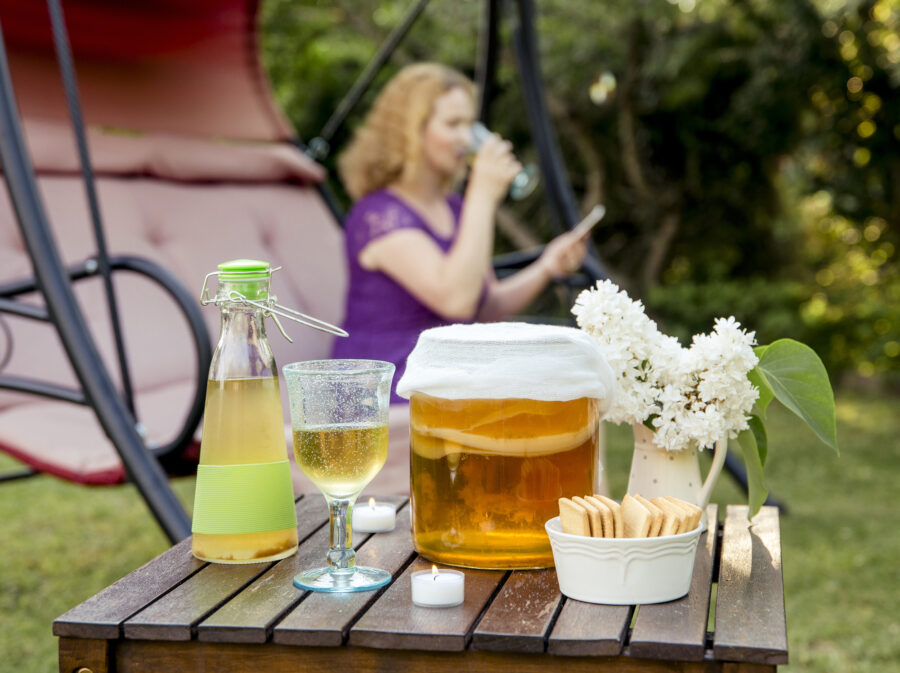
If you’re unfamiliar with fermented foods, then kombucha can definitely have an acquired taste. It’s best to know what to expect before buying a bottle.
Some people like to describe kombucha as “vinegar soda.” It’s a lot better than that term makes it sound, though it’s not an entirely inaccurate description.
Basically, kombucha tastes weird, and not everyone is prepared for that. It’s an acquired taste, but it’s worth acquiring, because even though it’s weird, it’s also pretty cool.
Is It Citrusy?
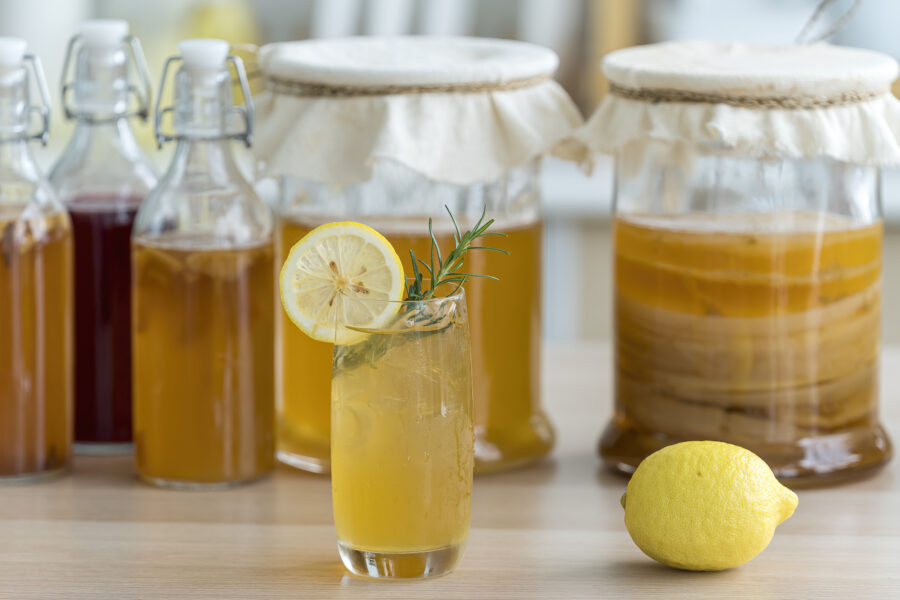
There’s no one, easy way to categorize kombucha’s taste. Like we said, it’s weird. However, we can confidently say that “citrusy” isn’t one of its defining flavors.
Kombucha can taste citrusy, but not usually on its own. Plain kombucha is a bit tangy, though not in the way that a citrus fruit is.
If you like your kombucha tangy, then citrus flavoring might be the right path to go down. If you don’t like citrus, though, you can drink it plain.
Sweet and Sour
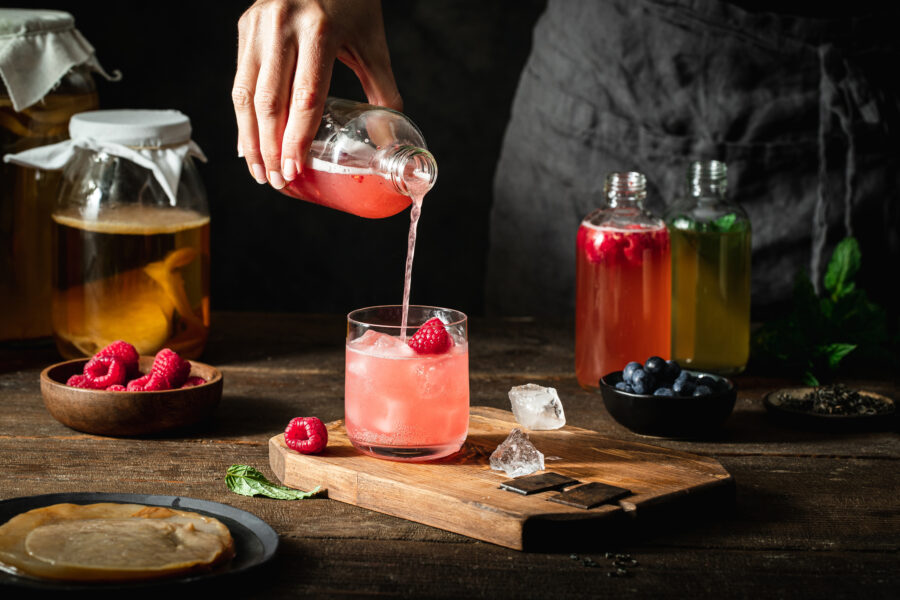
A good kombucha needs to have balance between sweet and sour. You can make it lean either way depending on how you flavor it.
We’ve been emphasizing how tangy kombucha can be, but kombucha is more complex. If fermented for a shorter time, it can taste a little sweeter.
To better maintain that balance, you can ferment it for longer, then add sweet fruits. Or, you could ferment it for a shorter time, then add citrus.
Slight Bitterness
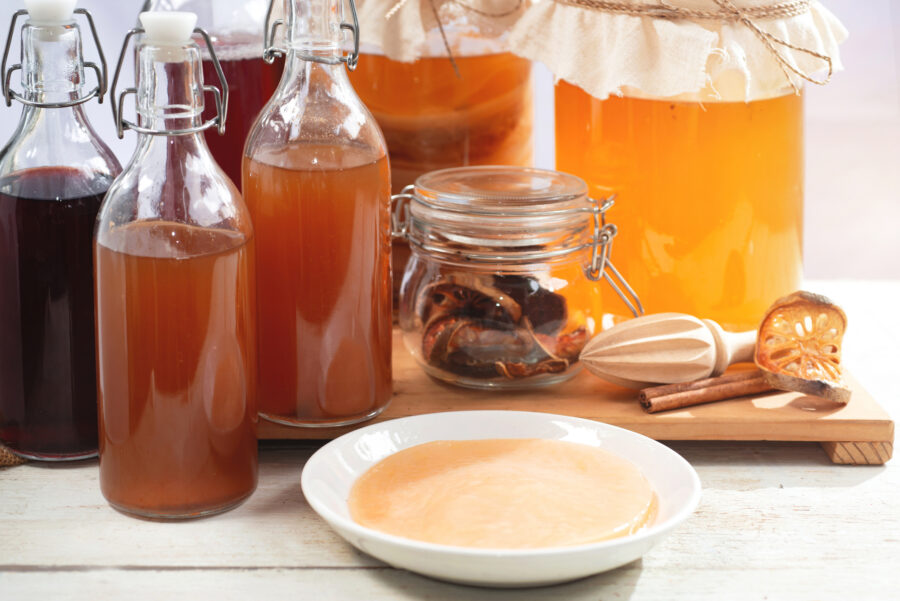
Slight bitterness in kombucha is more likely in homemade brews. Like we said earlier, this comes from tea that’s been steeped for too long.
This tends not to occur in store bought brews because you’re buying from professionals. They’ve got the whole kombucha process down to a T.
If you’re making your own kombucha and it comes out bitter, you may as well just toss it. The flavor is unlikely to improve over time.
Exotic Flavors
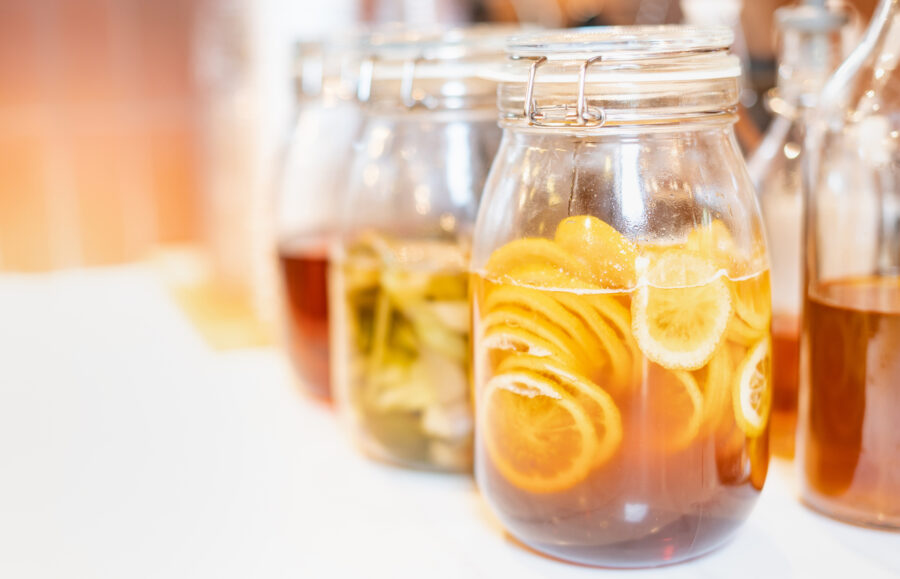
Kombucha is great for experimenting with exotic flavors, like hibiscus or lavender. There’s really no limit to the amount of herbs and fruits you can combine.
Some people might say that plain kombucha has an exotic enough flavor all on its own. We can’t exactly disagree, though it’s much more vibrant when flavored.
If you want a flavor that’s really out of the box, try experimenting with spice. Sweet and sour is a normal combo; sweet and spicy is attention-grabbing.
Aging Kombucha
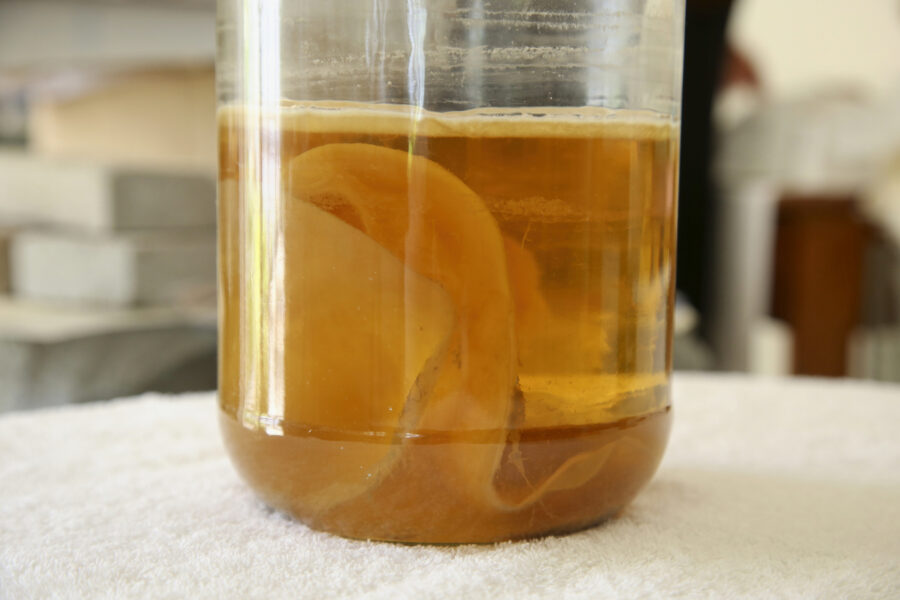
We’ve already touched upon how fermentation times affect kombucha flavors. However, there are different aging processes used that can also impact your kombucha’s taste.
For example, there’s a whole brand of kombucha called “Barrel Booch.” This type of kombucha is aged in wooden barrels and sold by the Happy Kombucha company.
Happy Kombucha claims that this gives the drink a more woody and earthy flavor profile, contrary to aging it in a glass jar. We’re down to try some.
How Temperature Factors In
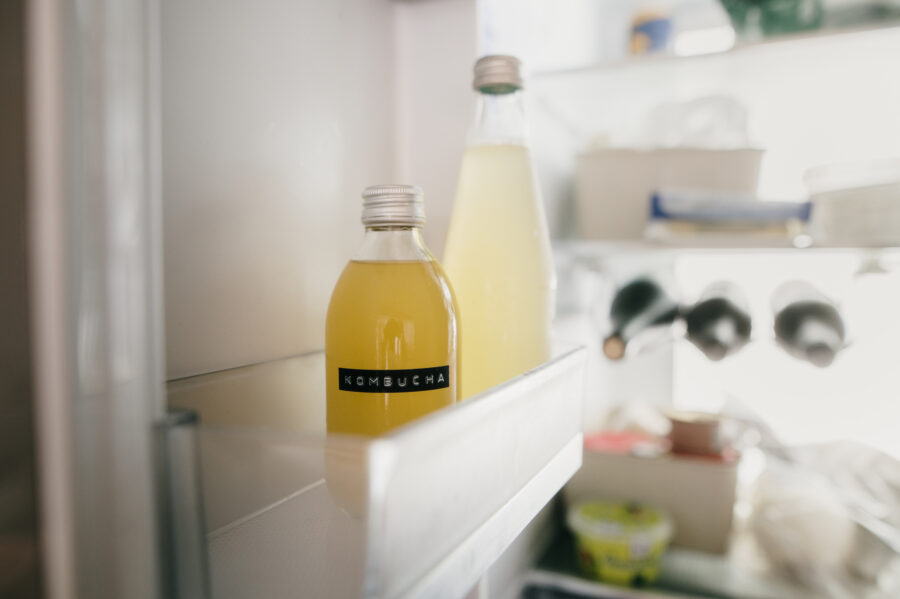
Temperature can also affect what kombucha tastes like. Lots of people favor room temperature kombucha, while colder temperatures generally enhance the drink’s refreshment factor.
You could drink it hot, though that does come with its downsides. Don’t worry — it’ll still taste nice. However, hot temperatures will kill the probiotics.
A big draw for kombucha is the gut health factor. The live cultures make it super beneficial for your microbiome. That’s why no one really heats it up.
So, What Does Kombucha Taste Like?
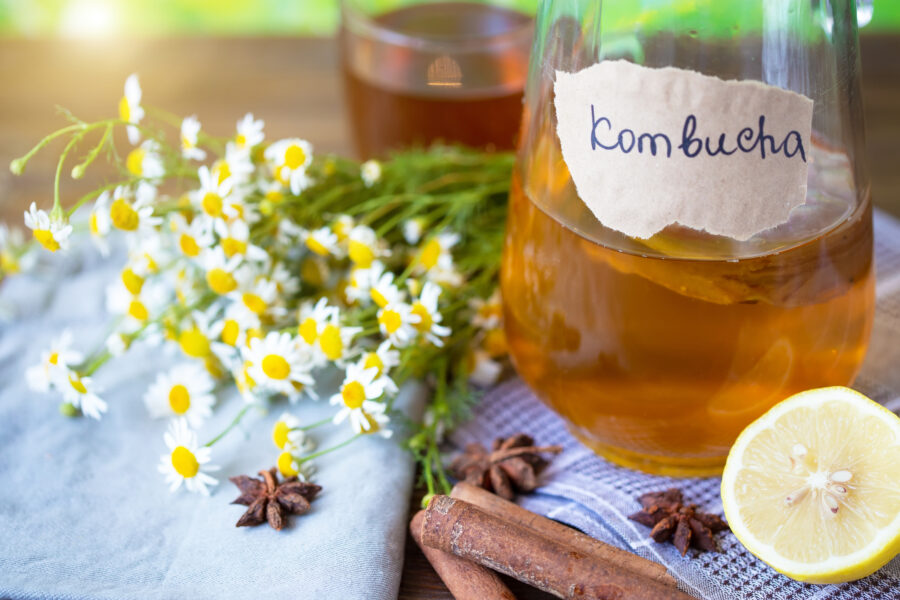
Each batch of kombucha can taste slightly different, making each tasting a unique experience. What your kombucha tastes like is ultimately up to you.
Yes, it’ll taste fermented, and a bit like vinegar, but there’s so many variations. The sky’s the limit. Grab some tea and your favorite fruit and brew!
Or buying. You know, whichever option is easier for you. If you’re looking for more fun, exclusive foodie content, check out our blog.

